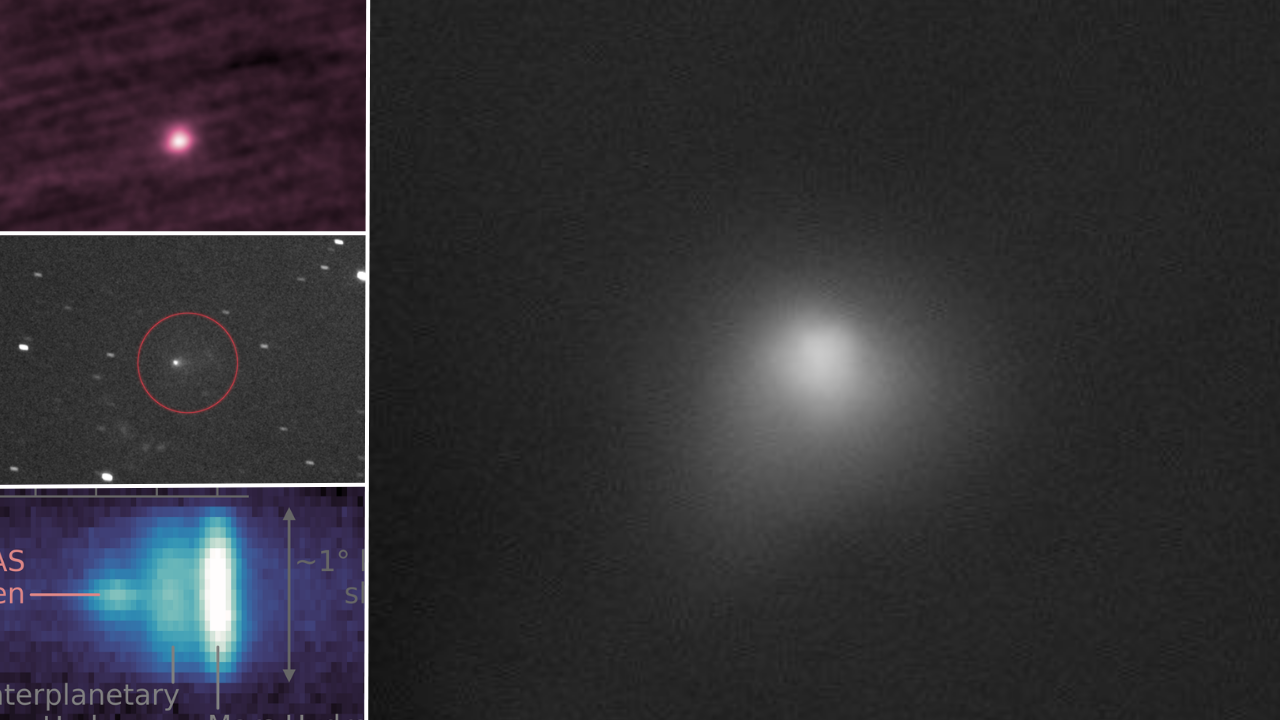Giant Radio Telescope Could Detect E.T.'s Call

A huge telescope array will allow scientists to conduct the most sensitive and exhaustive search for signs of alien civilizations to date when it comes online, the project's backers say.
The Square Kilometre Array (SKA), currently planned to begin construction in 2018, could enable the search for intelligent alien life to piggy-back on other scientific observations, scouring the galaxy with unprecedented precision.
"A unique aspect for the search of life in the universe is the question of whether advanced lifeevolves intelligence," Andrew Siemion said at the Astrobiology Science Conference in Chicago in June. [13 Ways to Hunt Intelligent Alien Life]
Siemion, who holds joint appointments with the University of California, Berkeley, the Netherlands Institute for Radio Astronomy and Radbound University in the Netherlands, hunts for signs of alien technology in the universe.
"The only way to answer that in the foreseeable future is to look directly for evidence" of intelligence, Siemion said. "For that, you need a large telescope."
Piggy-backing the search
Using such a costly instrument for a single scientific study, especially one as speculative as the search for extraterrestrial intelligence (SETI), is unheard of in astronomy. But SETI scientists figured out a way to obtain significant telescope time nearly 30 years ago, when they began to piggy-back on other users' observations at the enormous Arecibo Observatory in Puerto Rico, duplicating their observations with very little loss of sensitivity. Today, SETI researchers are able to obtain thousands of hours of observations annually, which they diligently scrutinize for radio signals from beyond Earth.
According to Siemion, data from the SKA could be similarly piggy-backed. But while Arecibo utilizes a single large dish, the SKA will be much larger than the biggest radio telescope operating today, allowing scientists to search for fainter signals.
Breaking space news, the latest updates on rocket launches, skywatching events and more!
Construction on the SKA should begin in 2018. The first phase, planned for completion by 2020, would allow for about 10 percent of the collecting area of the full instrument at low and mid-range frequencies.
According to a paper Siemion authored last fall, a five-year campaign by the first phase of the SKA could allow scientists to survey more than 10,000 stars. When completed, the SKA could detect signals as faint as those emitted by aircraft radars on Earth from every star within almost 200 light-years.
Eavesdropping on E.T.
Earth began leaving its mark in the galaxy when humanity started transmitting signals by radio. These signals radiate outward from the planet, and could theoretically be detected by other civilizations. Given the enormous size of the spectrum that radio waves cover, scientists have suggested a number of preferred frequencies to hunt for extraterrestrial communication. [The Serious Search for Intelligent Life: 4 Key Questions (Video)]
As technology has improved on Earth, however, humanity has begun to reduce the radio-wave leakage into space. This could suggest that the window for observing accidentally broadcast signals is brief — perhaps only a century or so. While scientists still hope to detect such signals, they also aim to find deliberately transmitted radio waves, which have been designed to travel through space.
The SKA concentrates on a frequency region known as the "terrestrial microwave window," the spectral region of low natural noise between the galactic background and the emission and absorption of water and oxygen in Earth's atmosphere. These frequencies can travel through the space between stars and through the water-laden atmosphere of Earth or any other planet with ease, leading scientists to suspect that distant civilizations might use them to communicate.
SETI scientists aren't just searching for signals broadcast at random. They also hope to eavesdrop on interplanetary communications.
If alien technology spreads to multiple planets within a single system, it is feasible to expect these various outposts to communicate with one another. If those planets lie along Earth's line of sight, and observations are made when the planets are communicating with each other, it is possible that the SKA could pick up those broadcasts, researchers said.
In addition to the recent spate of planets unearthed by NASA's Keplermission, the European Space Agency's Gaia spacecrat and future missions such as NASA's Transiting Exoplanet Survey Satellite(TESS) could produce a catalog of properly aligned planetary systems to watch. Life-hunting researchers have already begun eavesdropping on some of Kepler's discoveries, for example.
"We're going to have all kinds of data to figure out how to build these databases in coming years," Siemion said.
Although the terrestrial microwave window will be the primary focus of the SETI search with the SKA, Siemion cautions that it is not the only potential signal for communication.
"We don't know exactly what E.T. is going to do," he said.
Follow Nola Taylor Redd on Twitter @NolaTRedd or Google+. Follow us @Spacedotcom, Facebook or Google+. Originally published on Space.com.

Nola Taylor Tillman is a contributing writer for Space.com. She loves all things space and astronomy-related, and always wants to learn more. She has a Bachelor's degree in English and Astrophysics from Agnes Scott College and served as an intern at Sky & Telescope magazine. She loves to speak to groups on astronomy-related subjects. She lives with her husband in Atlanta, Georgia. Follow her on Bluesky at @astrowriter.social.bluesky
